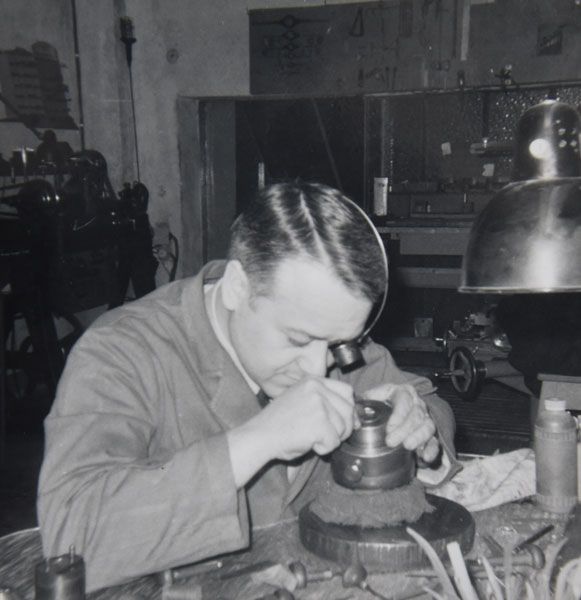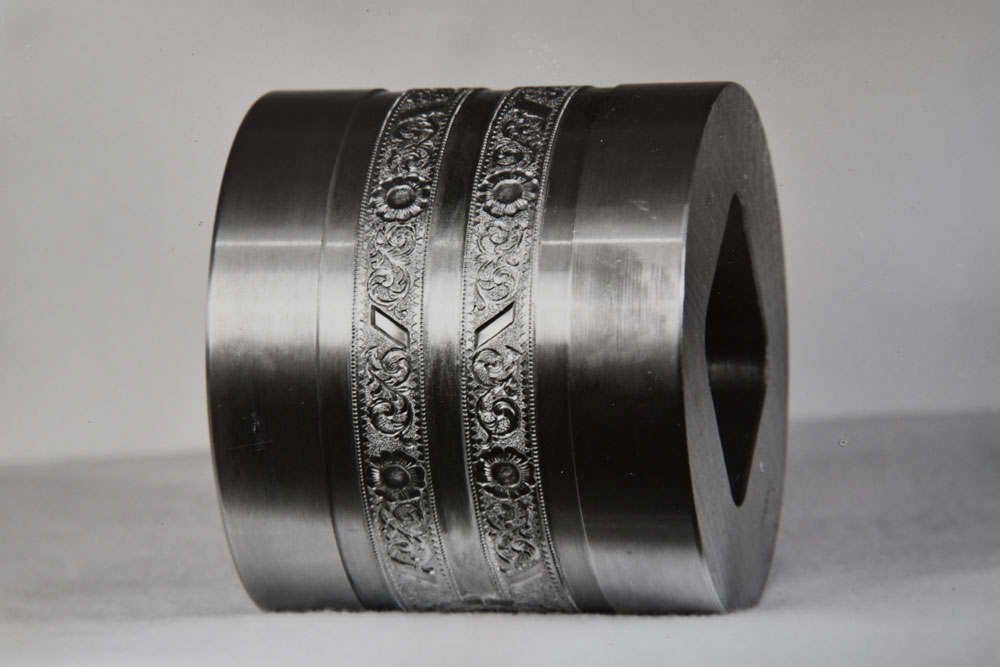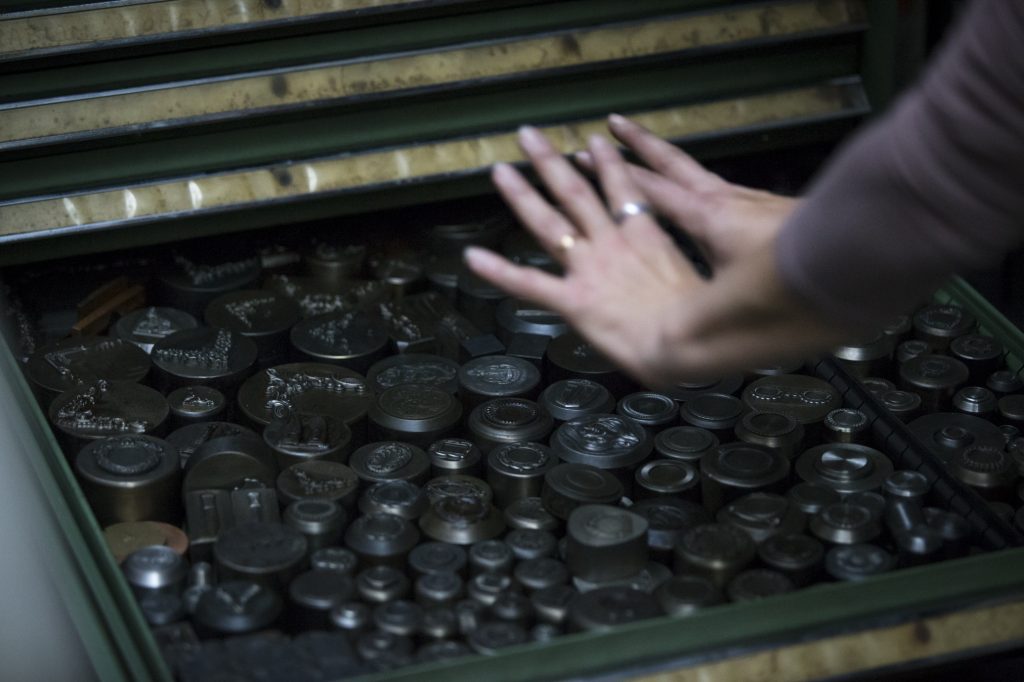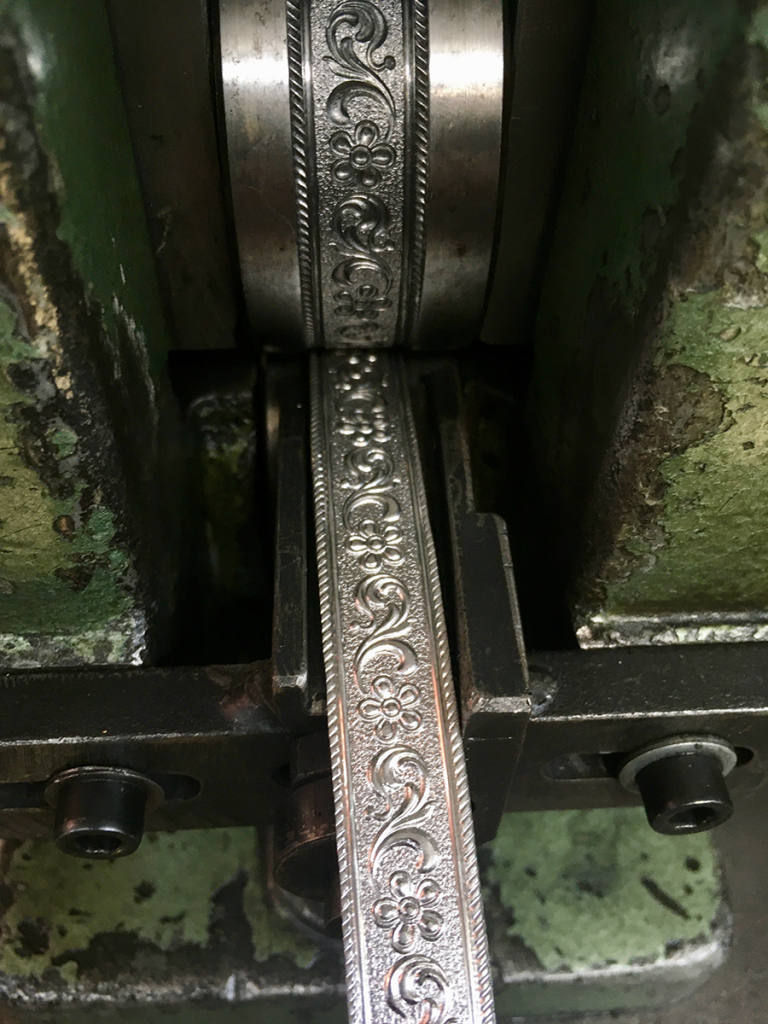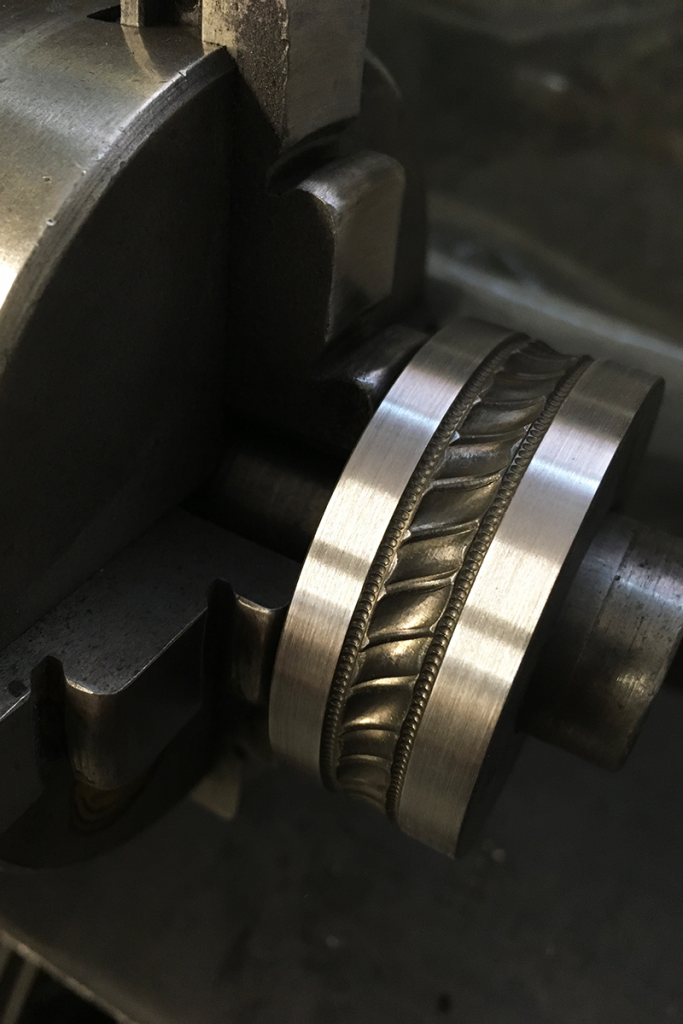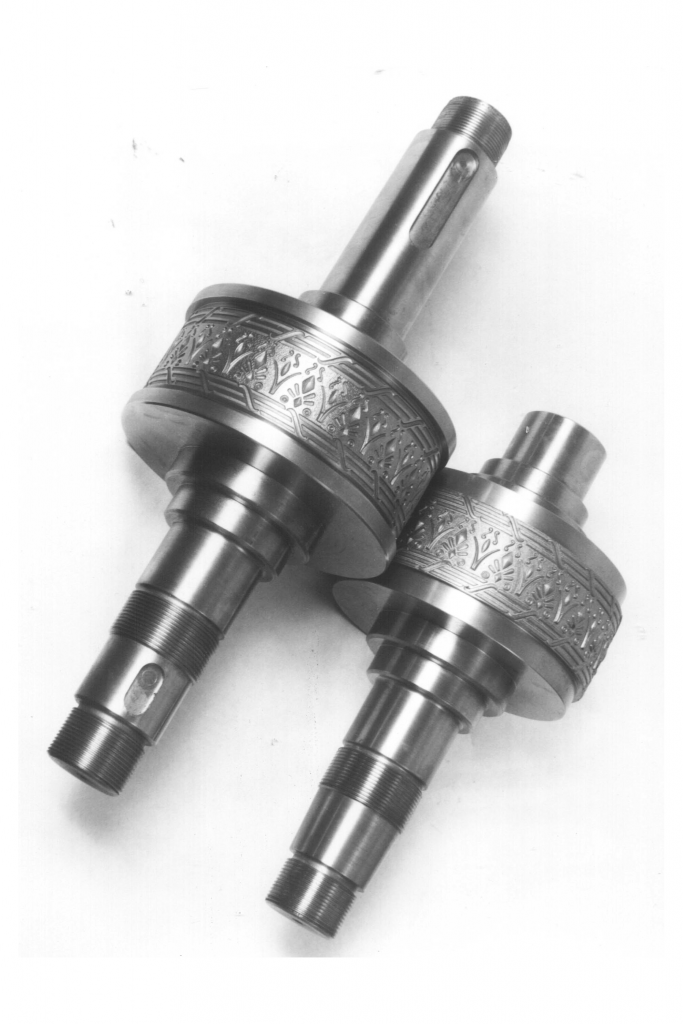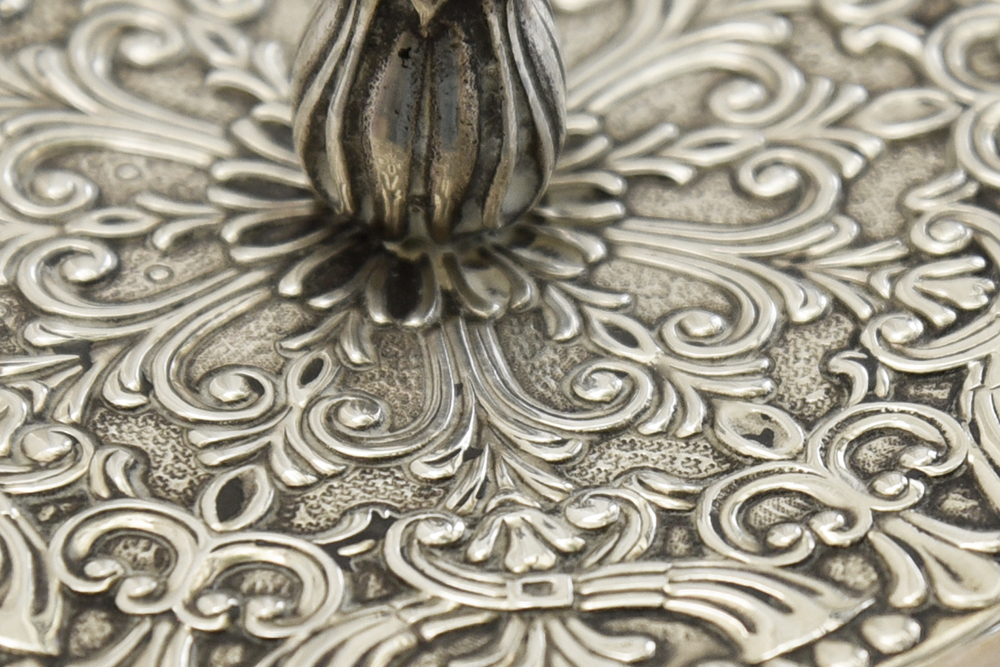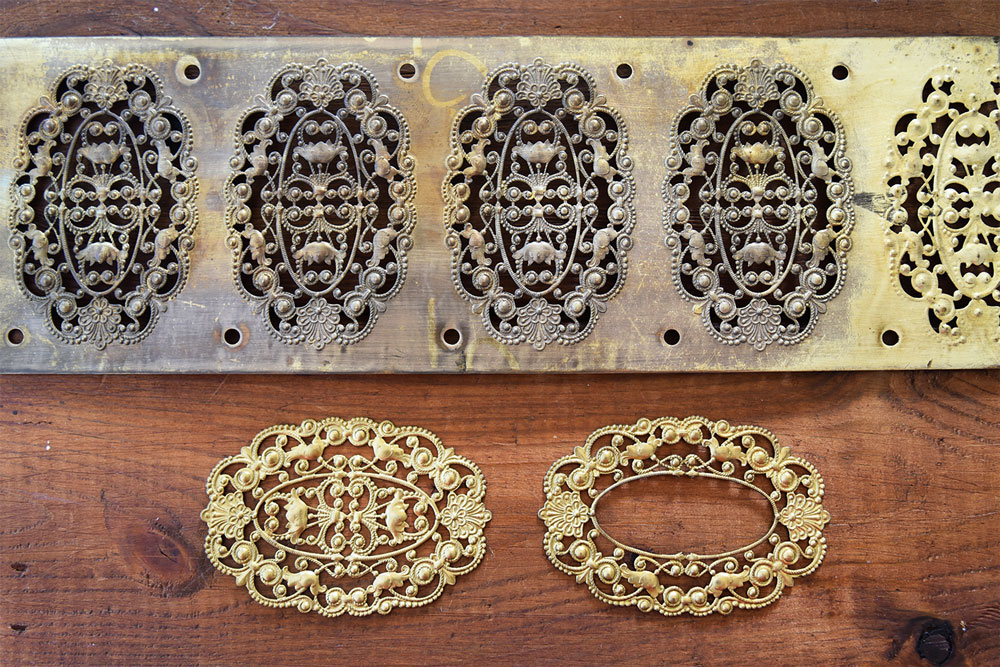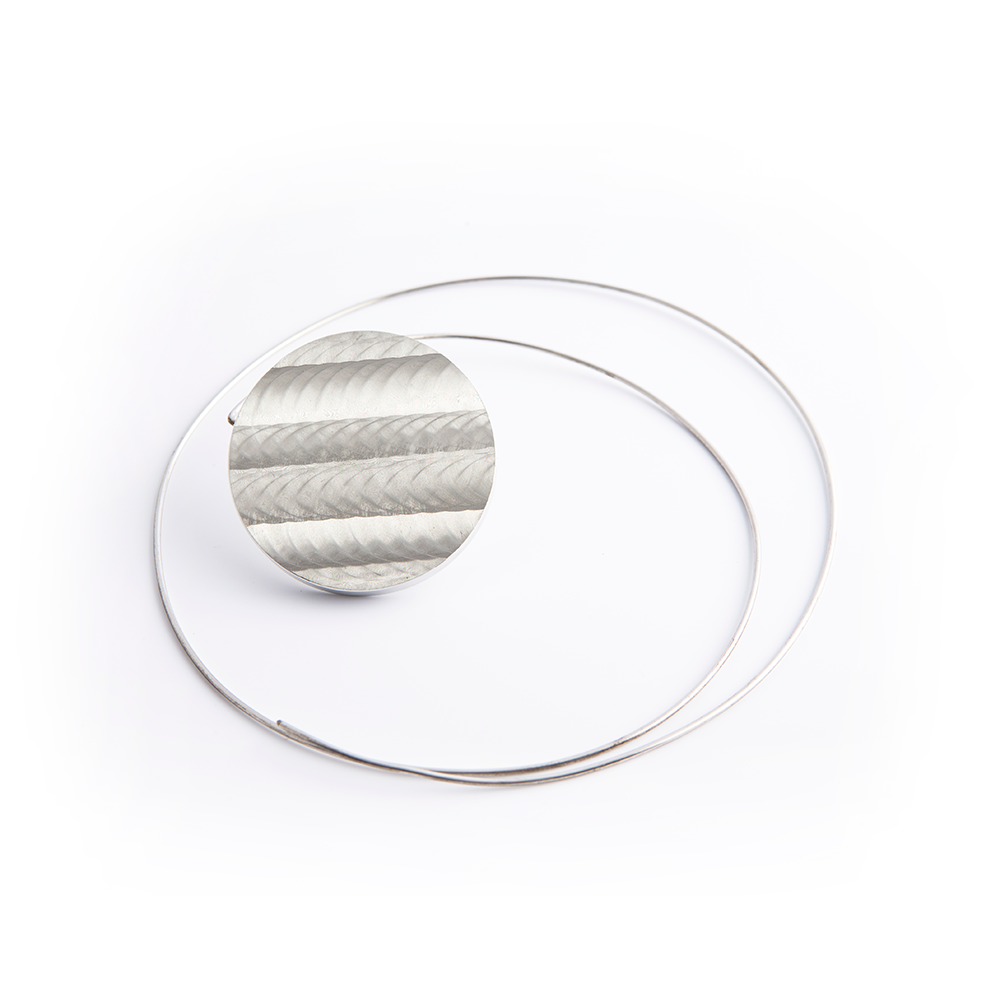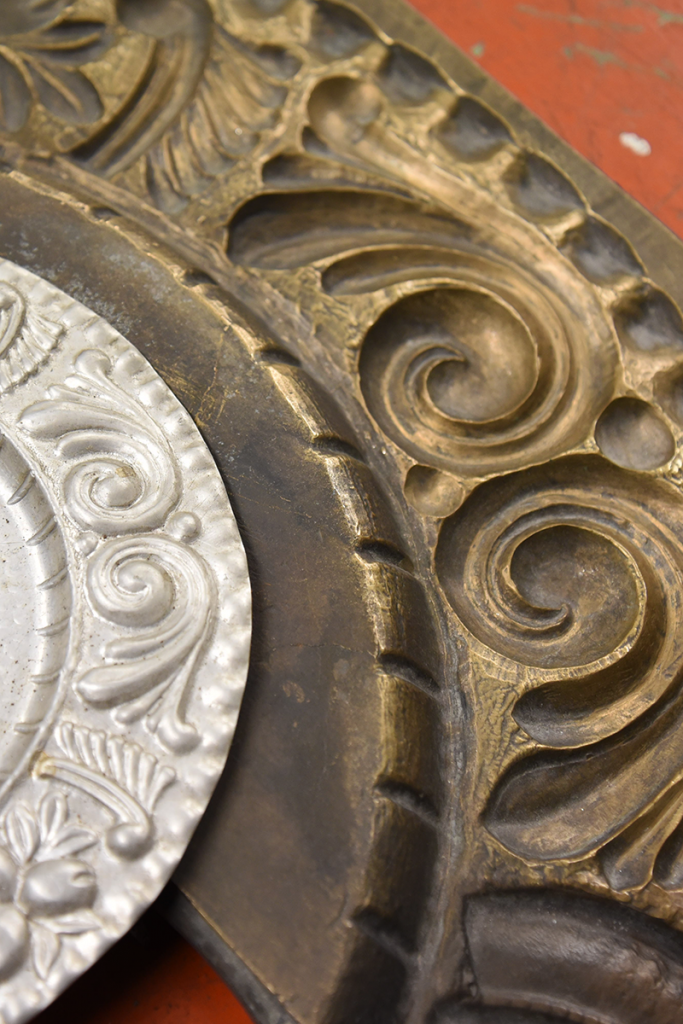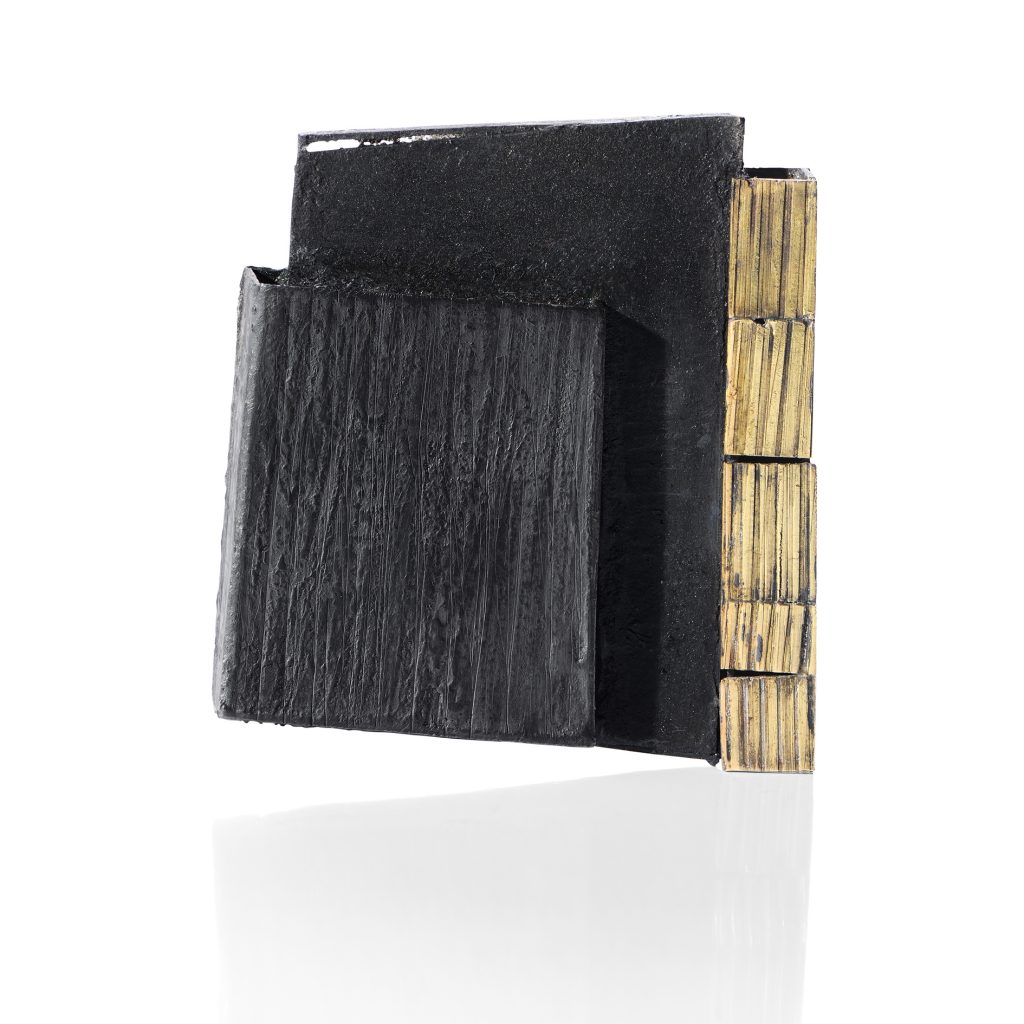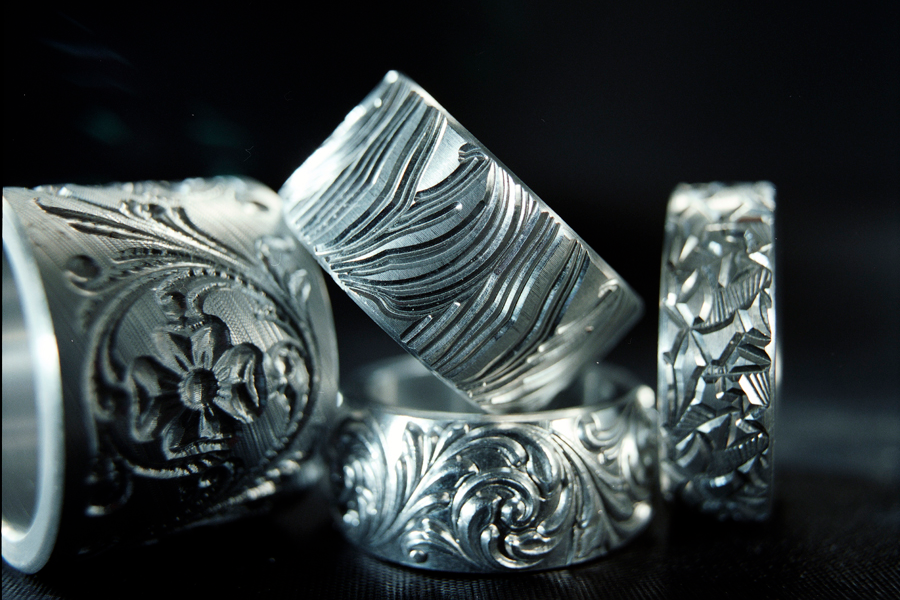The commitment and ability of an excellent craft master are passed down to the enterprise that becomes today an active proof of the social and technical evolution of the engraver’s skill.
history
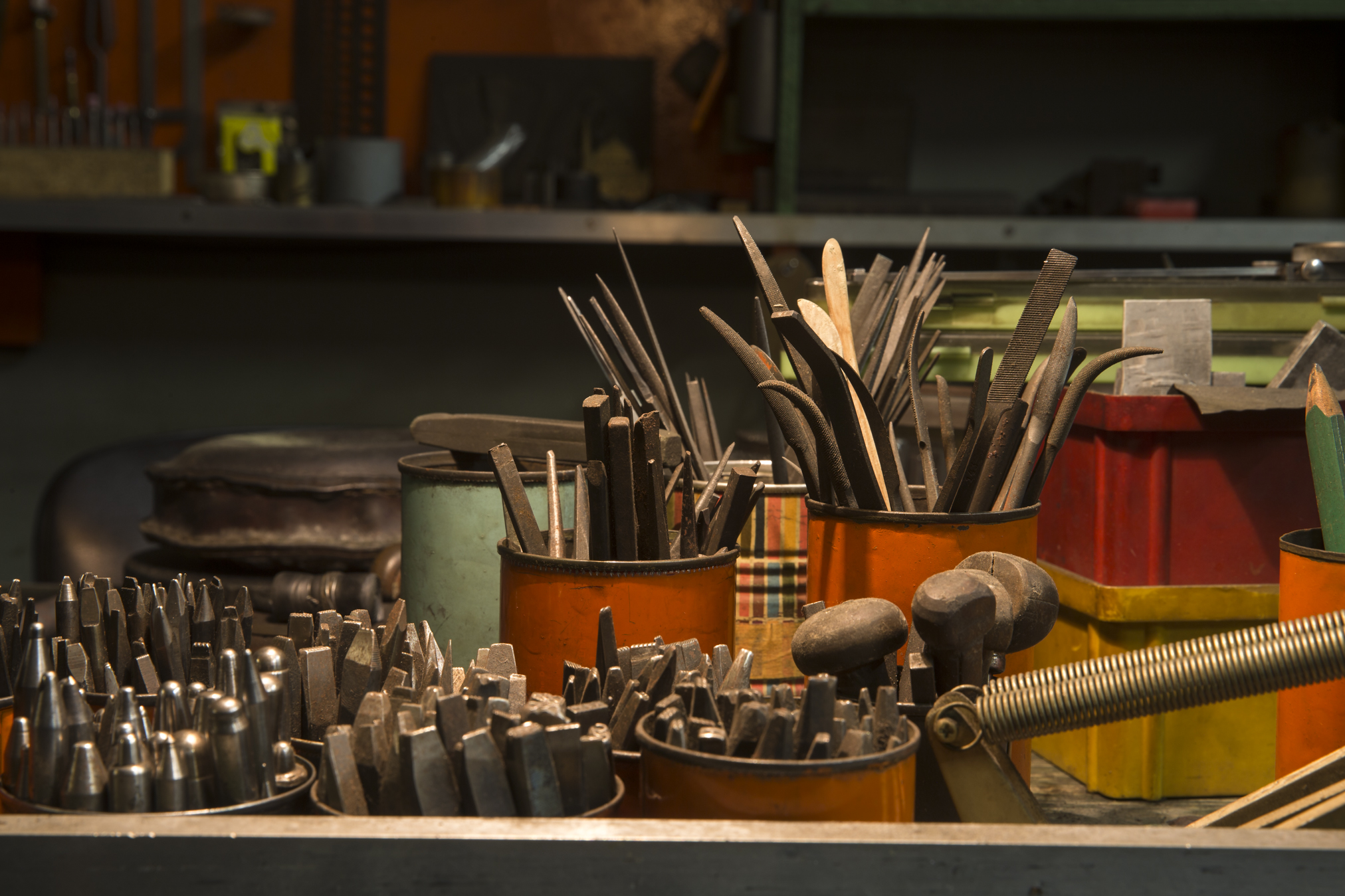
the founder
Edoardo was born in Milan on the 10th of April 1933, son of Agostino Negroni from Gragnanino (Piacenza) and Virginia Ravasi from Milan. He began his work as engraver in a workshop near Porta Romana in 1948. With a diploma in goldsmithing at the Castello Sforzesco Art School in Milan, from 1953 to 1957, he collaborates with various enterprises (Incisoria Milano, Johnson Medaglie, Bertoni) and in 1958 he starts his own business and set up his craft workshop that, for over 50 years, has been producing moulds and tools for the creation of artistic details in goldsmith manufacture and silverware in Italy, Europe, United States, South America and Middle East.
His outstanding ability and meticulous care made him a master of craft excellence in Italy. Since he put down his burins, Edoardo slowly retraces his path among interests and passions cultivated in a lifetime, where work has always been a fundamental task. A prolific time in oil painting, inspired and guided by a strong friendship with painter Alberto Casarotti, has been accompanied by a series of cabinet making and restoration works, as well as ingenious projects of unique, every-day design pieces, all exclusively self-produced. He also takes care of a wonderful garden, often remembering the landscapes of his beloved Dolomites. Yet, he cannot part from that deep connection with the tools of a lifetime and, like it or not, he still plays an encyclopaedic role in today’s activity, carried forward by his daughter Eliana.
engraver
The handmade engraving of steel is a peculiar ability. It’s common to say “farsi la mano” or “avere la mano” (meaning “getting used to the work” or “being used to the work”) because the ability of a burin engraver is acquired through the repetition of precise gestures, always the same, used hundreds of times. With these gestures, one learns to measure the hand’s pressure which, dealing with steel, must combine sensibility with firmness, movement continuity with precise strength and weight. A relationship between gentleness and steadiness, together with the profession’s tricks which accompany the shift or the removing of metal in the grooves, achieves the wanted plastic effects.
the firm
Edoardo Negroni’s manufactory begins in a workshop between Città Studi and Ortica, in that part of Milan rapidly revived from the post-war period, where factories and mills merged into the urban fabric.
The founder’s sentimental approach characterizes the workshop’s activity: precision in making and attention to details, always striving to the refinement of techniques, even through the modification of tools and the search for quality.
The rich patrimony of rolling mills rollers, punches and molds for the reproduction of decorations and ornamental detailing, is revealed to us in the workshop’s numerous drawers and folders. Through its artefacts and tools, Edoardo Negroni’s narrates the art of engraving and re-evokes the story of small series craftmanship in hard-working industrial Brianza area.
precision
Precision in creation is part of Edoardo Negroni’s attitude and he managed to bring it into his activity. In moments of confrontation while working, he used to point out « how small the hundredths (of a millimeter) truly are…». And he used to show his daughter Eliana, since she was a child, that infinitesimal measurement on the caliper, reminding her that a single hair measures less than two hundredths!
tasks
The collaborations between Edoardo Negroni’s and its clients have always been long and precious, in a mutual exchange of ideas, with the aim of obtaining unique solutions and variations in repetitions of style or approach. Even in classic or “on trend” decorations, Negroni looked for those refinements and details that would make the work one of a kind and different from what already existed on the market.
The know-how and the ability to customize the requests with unique decorations represents one of the traits that has characterized the workshop, gaining collaborations with prestigious firms in goldsmithing and silverware manufacturing, among them, Buccellati, Ganci, Micheletto and Pomellato, with which the workshop used to work attentively on designs.
Over time, the workshop has expanded its production to sacred and commemorative numismatics.
It also serves its craft skills to small serial productions for local industrial business, creating plates for automotive firms such as Fiat, Lancia, Iveco, and Autobianchi, as well as for home appliances by Siemens, Phonola, Telefunken, Westinghouse, Cimbali, Philips from back then. More recently, it has created special applications for the lamination of eyewear personalized profiles, engaging with high-end brands such as Gucci and Louis Vuitton.
customize
To guarantee maximum specialization, the matrixes created where articulated and detailed, to develop those finely decorated portions that were then inserted more complex products or tools.
The level of experience was so high, that the work could be commissioned by telephone, or starting from little paper cut-outs and sketches. The interpretation always exceeded expectations.
From what today would be defined as “concept”, the process continued with the prior drawing for the model, and the dimensioned technical drawing to set up the manufacturing procedure. Then, there was the creation of the actual model and, with it, the making of customized mechanical parts, which would then make up the final tool to be mounted on the production machinery (presses, rolling mills).
from serial production to custom making
It’s the expression that sums up the direction Edoardo Negroni’s is taking.
The workshop, born in the time of craftmanship and industrial manufacture metamorphosis, during the second post-war period, has witnessed the activity’s social and technical transformation. On one hand, since the 90s, daughter Eliana Negroni has been capable of creating a dialogue between the traditional craft, both mechanical and manual, and today’s digital techniques; on the other, the transformation of practices and, as a result, the decline of operativity have made Eliana face the task of passing on this material culture.
Active in the international network of experimental jewellery and in the activity of AGC (National contemporary jewellery association), today Eliana Negroni relaunches the workshop as a dynamic reservoir of information and practical references, in a cultural project which enlightens the archive and the culture of entrepreneurship.
Today, the Attrezzeria Negroni becomes a system available to an audience of specialists and enthusiasts, to be rediscovered also with new small-series, or exclusive and custom-made commissioning that embody the charm and beauty of craftmanship, through art, sculpture and mechanics.
material culture
Attrezzeria Negroni is a journey through those visible and material aspects of last century’s Italian craftsmanship culture. Traditional machinery and rolling mills are still running for demonstration purposes and they are meticulously cared for. Together with the archive, which contains the precious inventory of chisels, molds and decorative subjects, manual tools and burins for precise finishing touches, all tell the story of the transformation of mechanical engraving techniques for goldsmithing.

